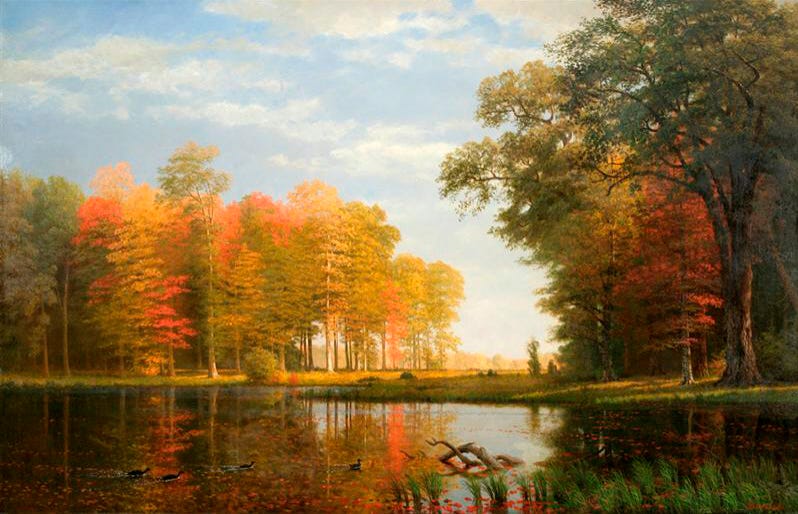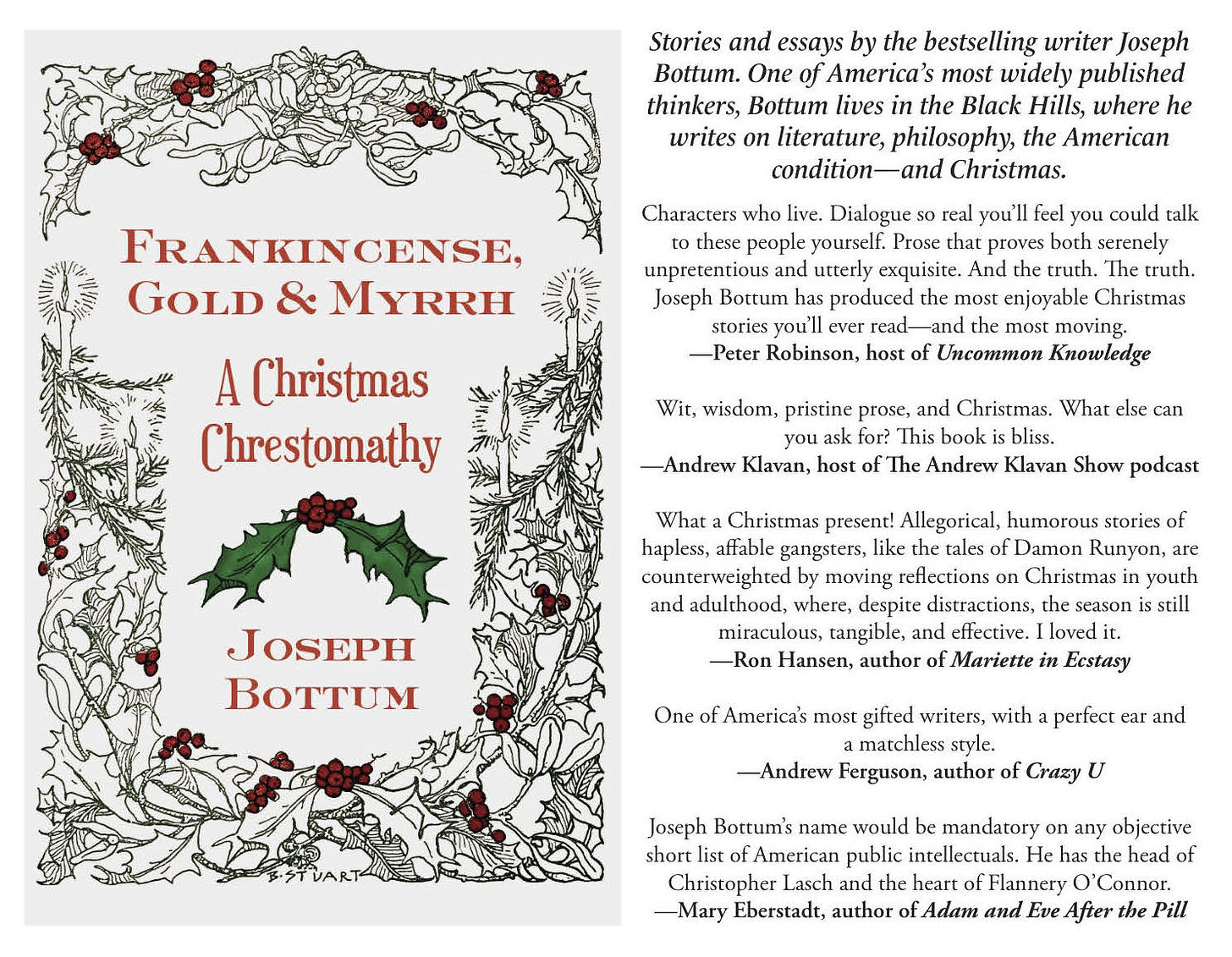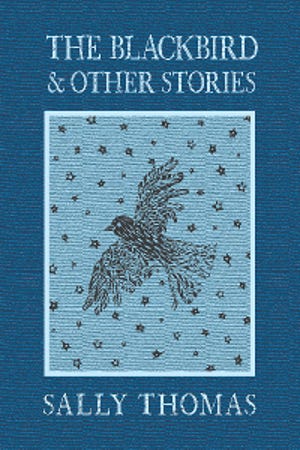
A Vagabond Song
by Bliss Carman
There is something in the autumn that is native to my blood — Touch of manner, hint of mood; And my heart is like a rhyme, With the yellow and the purple and the crimson keeping time. The scarlet of the maples can shake me like a cry Of bugles going by. And my lonely spirit thrills To see the frosty asters like a smoke upon the hills. There is something in October sets the gypsy blood astir; We must rise and follow her, When from every hill of flame She calls and calls each vagabond by name.
Although he spent most of his life in the United States, Bliss Carman (1861–1929) became the (nearly official) poet laureate of Canada, crowned with a laureate’s wreath not of laurel leaves but of maple. But then he was born in New Brunswick, the descendant of loyalists who fled to Canada after the American Revolution, which made him Canadian enough for the enthusiastic crowds, hungry for a star to applaud when he returned in the final decade of his life.
Well-schooled for his Maritimes location, the bright young man fled Canada after college for Boston and then New York. Hoping to become a literary figure in America, he tried to support himself editing and writing poetry — and succeeded: In 1894, Songs from Vagabondia, a joint collection of work from Carman and the American poet Richard Hovey (1864–1900), proved a large success, and he seemed set for life.
That’s rarely true for poets. By 1920, Hovey was long dead, and Carman was broke, nearly forgotten and weakened by tuberculosis. Embarking on a desperate reading tour of Canada, however, Carman suddenly found himself lionized. Across the nation, Canadian crowds turned out to cheer him and listen to him read, awarding him prizes, buying his books, and paying him for appearances. He was, they shouted, Canada’s great poet, Canada’s national poet.
Carman may have deserved it. He was attempting seriousness in poetry in an age that was weakening into poetic decadence, much of its best work comic verse and sentimental romantic forms.
Today’s Poem, “A Vagabond Song,” appeared in the 1896 More Songs from Vagabondia, the second of his three collaborations with Richard Hovey. And in the poem, the reader can discern Carman’s wish to reach back to early romanticism, seeking something deeper in the commonplaces of sentimental thought.
The poem is formed in an interesting way. Its stanzas could have been three seven-foot lines, but Carman varies the break into two lines. Instead of picking up the hint of ballad meter (a four-foot line followed by a three-foot line) in the natural break of many seven-foot lines, Carmen in the second stanza breaks the second line after only three feet, with a rhyme to the first line — followed by a four-foot third line, rhymed to the end of the fourth line:
The scàrlet òf the màples can shàke me lìke a cry
Of bùgles gòing by.
Ànd my lònely spìrit thrìlls
To sèe the fròsty àsters lìke a smòke upòn the hìlls.
That’s a curious choice, but it adds to the melancholy of the picture, dropping away from the ballad meter like the turned season: The scarlet of the maples can / shake me like a cry / Of bugles going by. (Notice as well in the poem the use of two-beat anacrusis with which Carman often starts his lines.)
Unlike, say, Lew Sarett (1888–1954), or W.H. Davies (1871–1940), Carman was not an actual outdoorsmen or practitioner of the vagabond life. But he recognized that a poet can hear when Autumn calls and calls: There is something in October sets the gypsy blood astir.






Again, I am thankful to this Substack for introducing me to another poet and poem I have never heard of before!
I love October, and this poem captures why beautifully.